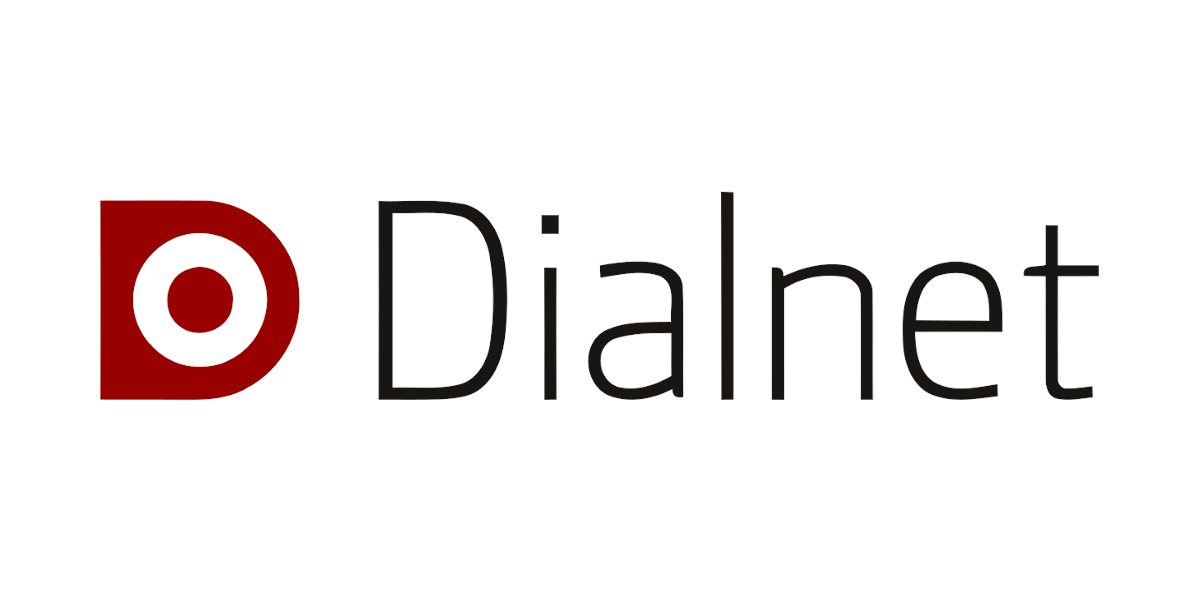Creatividad computacional: un análisis a las teorías de M. Boden y G. Wiggins
DOI:
https://doi.org/10.35622/j.ti.2023.03.003Palabras clave:
creatividad computacional, teoría de la creatividad máquina, IGA, filosofía de la IAResumen
La creatividad computacional es una intersección multidisciplinar que, dentro del campo de la Inteligencia Artificial, tiene distintos objetivos tales como, el desarrollo y evaluación de sistemas artificiales capaces de exhibir comportamientos creativos. En este contexto, los trabajos de Margaret Boden junto con la subsecuente problematización propuesta por G.A. Wiggins, se pueden considerar como referentes conceptuales seminales, los cuales han permitido establecer diversas reflexiones y fundamentos teóricos concretos en relación al tema en cuestión. Los trabajos de ambos autores se han desarrollado a través de diversas y distintas publicaciones asíncronas y en ese sentido, este trabajo permite condensar en un sólo marco teórico-analítico, los diferentes elementos conceptuales sobre los tipos de creatividad, el espacio conceptual y los sistemas creativos transformacionales y exploratorios, propuestos a lo largo de dichos trabajos. Estos elementos se presentan como una herramienta útil y eficiente para poder establecer criterios teóricos formales que permitan evaluar capacidades y habilidades asociadas al comportamiento creativo exhibidos por sistemas artificiales; tanto en el desarrollo actual como en la formulación especulativa a futuro. Este artículo presenta un análisis exhaustivo, detallado y condensado del trabajo de Boden y la subsecuente problematización de Wiggins al respecto de ideas, formulaciones teóricas y conceptos clave en el campo de la creatividad computacional. En este sentido, el presente artículo contribuye a la comprensión y difusión de las ideas fundamentales del campo de la Creatividad computacional, estableciendo un análisis condensado y detallado sobre dichos temas, con el fin de funcionar, además, como una referencia de consulta académica.
Referencias
Boden, M. A. (1998). Creativity and artificial intelligence. Elsevier. DOI: https://doi.org/10.1016/S0004-3702(98)00055-1
Boden, M. A. (2009). Creativity in a Nutshell. Routledge.
Boden, M. A. (2016). AI: Its nature and future. Oxford University Press.
Boden, M.A. (2004). The Creative Mind. Myths and Mechanisms. Routledge. DOI: https://doi.org/10.4324/9780203508527
Bringsjord, S. & Ferrucci, D. (2000). Artificial Intelligence and Literary Creativity: Inside the Mind of Brutus, a Storytelling Machine. Lawrence Erlbaum, Mahwah, NJ. DOI: https://doi.org/10.4324/9781410602398
Bringsjord, S., Bello, P. & Ferrucci, D. (2001). Creativity, the Turing Test, and the (Better) Lovelace Test. Minds and Machines 11, 3–27. DOI: https://doi.org/10.1023/A:1011206622741
Bundy, A. (1994). What is the difference between real creativity and mere novely? Behavioral and Brain Sciences, 17(3), 533 – 534. DOI: https://doi.org/10.1017/S0140525X0003572X
Colton, S. & Wiggins, G. (2012). Computational Creativity: The Final Frontier? IOS Press.
Cropley, D., and James C. (2012). Measuring functional creativity: Non-expert raters and the Creative Solution Diagnosis Scale. The Journal of Creative Behavior 46: 119–37. DOI: https://doi.org/10.1002/jocb.9
Cropley, D., and Rebecca, L. (2021). Automated Scoring of Figural Creativity using a Convolutional Neural Network. Psychology of Aesthetics, Creativity, and the Arts. DOI: https://doi.org/10.31234/osf.io/8qe7y
Ernst, G. & Newell, A. (1969). GPS: A Case Study in Generality and Problem Solving. New York: Academic Press.
Hageback, N. (2022). AI for Creativity. CRC Press. DOI: https://doi.org/10.1201/9781003194941
Hünefeldt, B. (2004). Artificial intelligence as "theoretical psychology": Christopher Longuet-Higgins' contribution to cognitive science September 2004. Cognitive Processing, 5(3), 137-139. DOI: https://doi.org/10.1007/s10339-004-0025-z
Longuet-Higgins, C Webber, B., Cameron, A., Bundy, R., Hudson, L., Hudson, J., Ziman, A., Sloman, M., and Dennett, D. (1994). Artificial Intelligence and Musical Cognition [and Dicussion]. Philosophical Transactions: Physical Sciences and Engineering, 349 (1689) 103-113. DOI: https://doi.org/10.1098/rsta.1994.0116
Longuet-Higgins, C. (1987). Mental processes: Studies in cognitive science. Explorations in cognitive science, (1).
Macedo, L. and Cardoso, A. (2001). Creativity and surprise. Proceedings of the AISB’01 Symposium on Artificial Intelligence and Creativity in Arts and Science.
Marrone, R., Taddeo, V. & Hill, G. (2022). Creativity and Artificial Intelligence—A Student Perspective. Journal of Intelligence. DOI: https://doi.org/10.3390/jintelligence10030065
McCormack, J. & d’Inverno, M. (Eds.) (2012). Computers and Creativity. Springer DOI: https://doi.org/10.1007/978-3-642-31727-9
Pearce, M. and Wiggins, G. (2001). Towards a framework for the evaluation of machine compositions. In Proceedings of the AISB’01 Symposiumon AI and Creativity in Arts and Science.
Pease, A., Winterstein D., Colton, S. (2001). Evaluating Machine Creativity. Proceedings of ICCBR-2001. Division of Informatics, University of Edinburgh. Centre for Intelligent Systems and their Applications
Perkins, D. N. (1996). Creativity: Beyond the darwinian paradigm. En, Boden, M. (Ed.), Dimensions of Creativity, 119–142. MIT Press, Cambridge, MA, USA. DOI: https://doi.org/10.7551/mitpress/2437.003.0007
Pind, J. (1994). Computational creativity: What place for literature? Behavioral and Brain Sciences, 17(3):547–548. DOI: https://doi.org/10.1017/S0140525X00035871
Simon, H. (1996). The Sciences of the Artificial. The MIT Press.
Turing, A. M. (1950). Computing machinery and intelligence. Mind, 59:433–460. DOI: https://doi.org/10.1093/mind/LIX.236.433
Vygotsky, L. (2004). Imagination and creativity in childhood. Journal of Russian & East European Psychology 42: 7–97. DOI: https://doi.org/10.1080/10610405.2004.11059210
Wiggins, G.A (2019). A Framework for Description, Analysis and Comparison of Creative Systems. En: Computational Creativity. Springer. DOI: https://doi.org/10.1007/978-3-319-43610-4_2
Wiggins, G.A. & Stagg, C. (2019). Clues to Human Creativity: From Neurons to Computation. In Nalbantian, S. & Matthews, P. (Eds), Secrets of Creativity: What Neuroscience, the Arts, and Our Minds Reveal. Oxford University Press. DOI: 10.1093/oso/9780190462321.003.0005 DOI: https://doi.org/10.1093/oso/9780190462321.003.0005
Wiggins, G.A. (2006a). Searching for Computational Creativity. New generation Computing. Centre for Cognition, Computation and Culture Goldsmiths’ College, University of London. DOI: https://doi.org/10.1007/BF03037332
Wiggins, G.A. (2006b). A preliminary framework for description, analysis and comparison of creative systems. Knowledge-Based Systems, 19 (7), 449-458. https://doi.org/10.1016/j.knosys.2006.04.009 DOI: https://doi.org/10.1016/j.knosys.2006.04.009
Descargas
Publicado
Número
Sección
Licencia
Derechos de autor 2024 Edmar Olivares-Soria, Pablo Padilla-Longoria (Autor/a)

Esta obra está bajo una licencia internacional Creative Commons Atribución 4.0.











